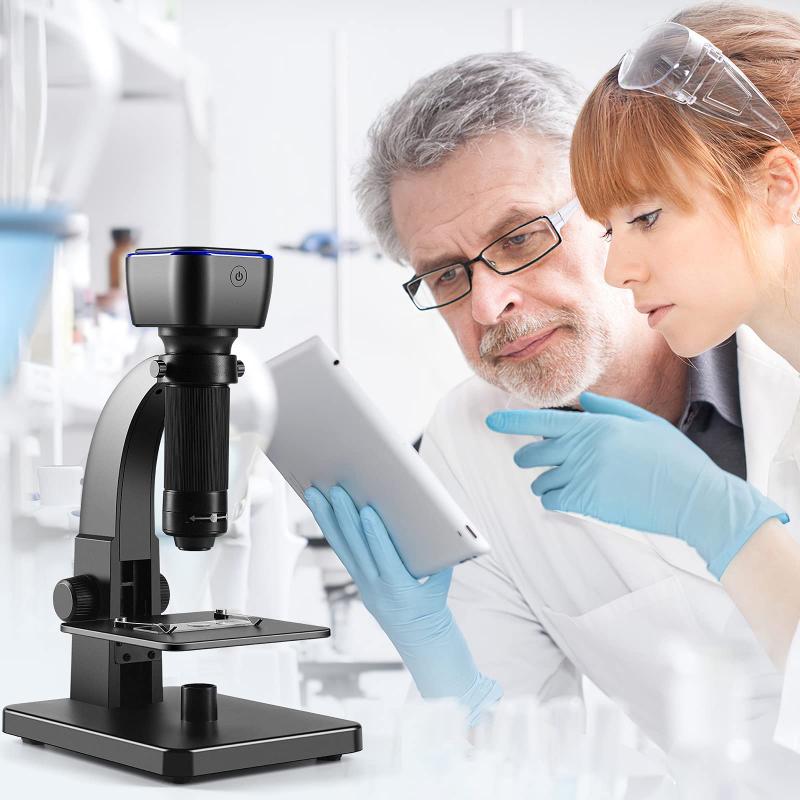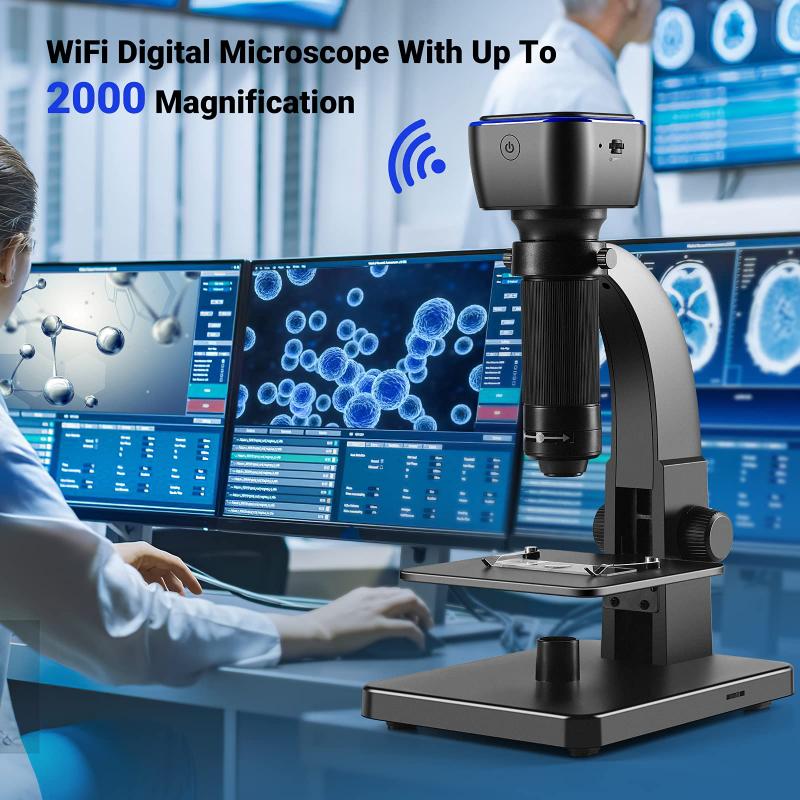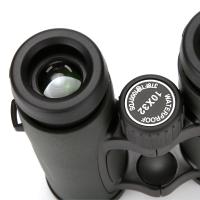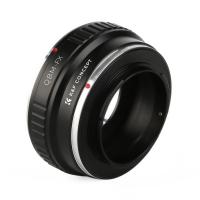When And Who Invented The Microscope ?
The microscope was invented in the late 16th century by Dutch spectacle makers Hans Lippershey and Zacharias Janssen. However, the credit for the invention of the compound microscope, which uses two lenses to magnify an object, is often given to Dutch scientist Antonie van Leeuwenhoek, who improved upon the design in the mid-17th century.
1、 Early history of the microscope
The early history of the microscope dates back to the 16th century when the first compound microscope was invented. The credit for inventing the microscope is often given to Dutch spectacle maker, Zacharias Janssen, and his father Hans Janssen, who are believed to have created the first microscope in the late 1590s. However, there is also evidence that the Italian scientist, Galileo Galilei, may have invented a similar device around the same time.
The first microscopes were simple devices that used a single convex lens to magnify small objects. It wasn't until the mid-17th century that the compound microscope, which uses two or more lenses, was developed. This allowed for much greater magnification and revolutionized the study of biology and medicine.
Over the centuries, the microscope continued to evolve and improve. In the 19th century, the development of the electron microscope allowed scientists to see even smaller objects, such as viruses and molecules. Today, microscopes are used in a wide range of fields, from medicine and biology to materials science and nanotechnology.
While the exact origins of the microscope may never be fully known, it is clear that this invention has had a profound impact on our understanding of the world around us. From the earliest simple devices to the most advanced electron microscopes, the microscope has allowed us to see and study the smallest details of the natural world.

2、 Invention of the compound microscope
The invention of the compound microscope is attributed to two Dutch spectacle makers, Zacharias Janssen and his father Hans Janssen, in the late 16th century. They discovered that by placing two lenses in a tube, they could magnify objects up to nine times their original size. However, it was Antonie van Leeuwenhoek, a Dutch scientist, who is credited with improving the microscope and using it to make groundbreaking discoveries in microbiology.
Van Leeuwenhoek was able to achieve much higher magnification than the Janssens, with his microscopes capable of magnifying objects up to 300 times their original size. He used his microscope to observe and describe microorganisms, including bacteria, protozoa, and sperm cells. His discoveries revolutionized the field of microbiology and paved the way for further scientific advancements.
While the Janssens are credited with inventing the compound microscope, there is some debate over whether they were the first to do so. Some historians believe that the Italian scientist Giuseppe Campani may have invented a similar device around the same time as the Janssens. However, there is little evidence to support this claim.
In recent years, there has also been renewed interest in the role of women in the development of the microscope. It is now believed that several women, including Maria Sibylla Merian and Anna Maria Sibylla, may have played a significant role in the invention and development of the microscope. However, their contributions have often been overlooked or attributed to male scientists.

3、 Development of the electron microscope
The microscope is an essential tool in the field of science, allowing us to see objects that are too small to be seen with the naked eye. The first microscope was invented in the late 16th century by Dutch spectacle makers, Hans Lippershey and Zacharias Janssen. However, it was Antonie van Leeuwenhoek, a Dutch scientist, who made significant improvements to the microscope in the 17th century, allowing him to observe and describe microorganisms for the first time.
The development of the electron microscope, on the other hand, began in the early 20th century. In 1931, Ernst Ruska, a German physicist, built the first electron microscope, which used a beam of electrons instead of light to magnify objects. This allowed for much higher magnification and resolution than traditional microscopes. In 1933, Ruska and his colleague Max Knoll published their findings on the electron microscope, revolutionizing the field of microscopy.
Since then, the electron microscope has continued to evolve, with advancements in technology allowing for even higher magnification and resolution. In recent years, there has been a growing interest in the development of cryo-electron microscopy, which allows for the imaging of biological molecules in their natural state. This technique has led to significant breakthroughs in the field of structural biology, including the determination of the structure of the Zika virus.
In conclusion, the microscope has come a long way since its invention in the 16th century, with the development of the electron microscope being a significant milestone in the field of microscopy. The latest advancements in cryo-electron microscopy have opened up new possibilities for the study of biological molecules, and it will be exciting to see what further developments lie ahead.

4、 Advances in microscopy technology
When and who invented the microscope?
The microscope was invented in the late 16th century by Dutch spectacle makers Hans Janssen and his son Zacharias Janssen. They discovered that by placing two lenses in a tube, they could magnify objects up to nine times their original size. This invention paved the way for the development of modern microscopes, which have revolutionized the field of science and medicine.
Advances in microscopy technology:
Since the invention of the microscope, there have been numerous advances in microscopy technology. One of the most significant advances was the development of electron microscopy in the 1930s, which allowed scientists to see objects at a much higher resolution than was previously possible. This technology has been instrumental in advancing our understanding of the structure and function of cells and other microscopic structures.
Another recent advance in microscopy technology is the development of super-resolution microscopy, which allows scientists to see objects at a resolution beyond the diffraction limit of light. This technology has opened up new avenues of research in fields such as neuroscience and molecular biology.
In addition to these advances, there have been numerous improvements in the design and functionality of microscopes. For example, modern microscopes are often equipped with digital cameras and computer software that allow scientists to capture and analyze images in real-time.
Overall, advances in microscopy technology have had a profound impact on our understanding of the natural world and have paved the way for numerous scientific discoveries. As technology continues to improve, it is likely that we will continue to make new breakthroughs in the field of microscopy.








































